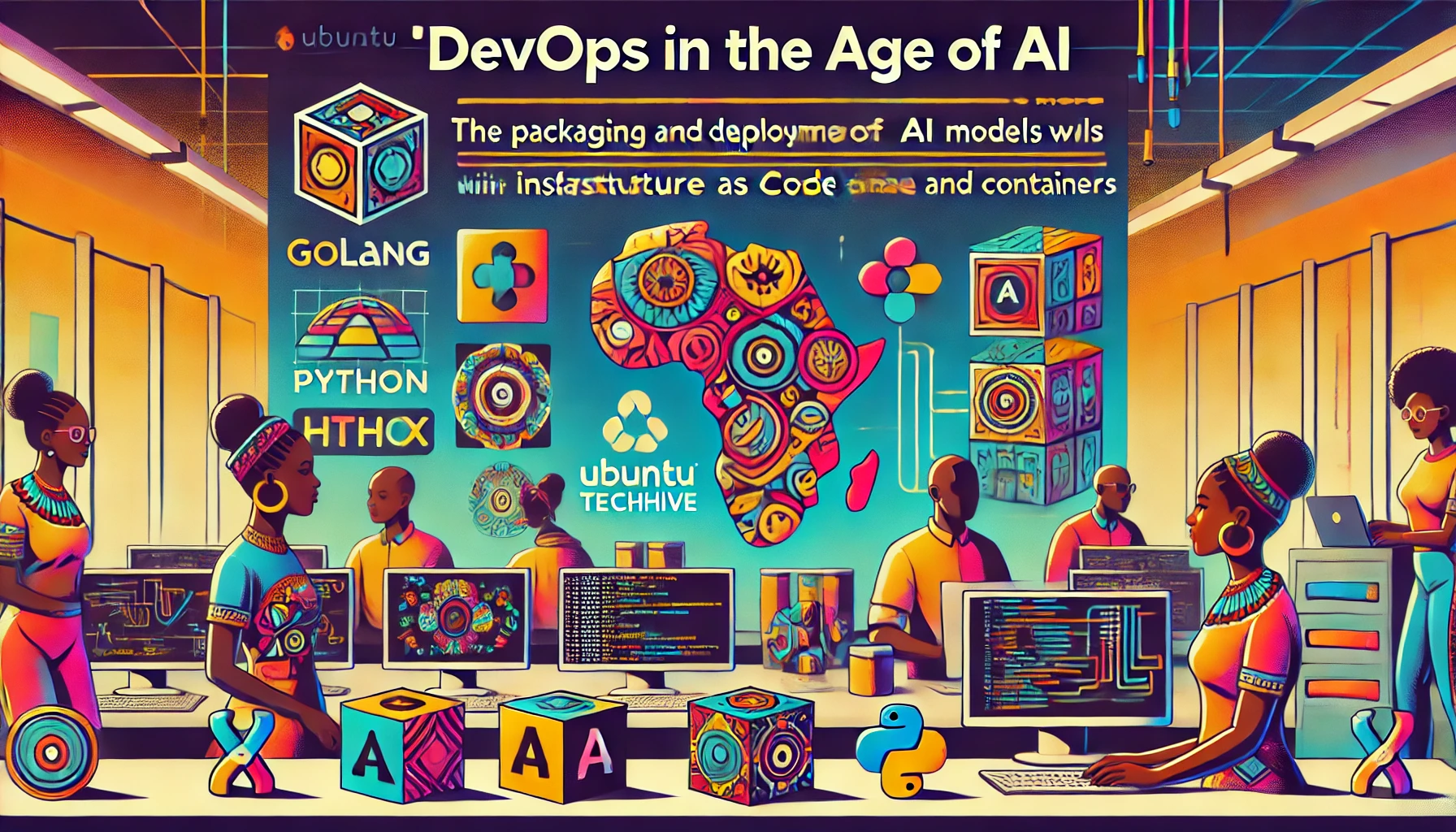DevOps in the Age of AI
Model Lifecycle
graph LR
A[Model Training] --> B[Model Saving]
B --> C[Model + API Packaging - Docker Container]
C --> D[Serve via API]Model file format convertions (Optional)
graph LR
A(Tensorflow H5 Model) --> B(Convert to ONNX) --> C(ONNX Model)
D(Pytorch PT Model) --> E(Convert to ONNX) --> F(ONNX Model)
G(Python's Pickle Model) --> G(Python's Pickle Model)Prior Art
Open Source Models
Ollama
brew install ollama
ollama pull llama3.2
ollama serveLlamaCpp
brew install llamacpp
llama-server --hf-repo hugging-quants/Llama-3.2-1B-Instruct-Q8_0-GGUF --hf-file llama-3.2-1b-instruct-q8_0.gguf -c 2048Ollama in Docker
FROM ollama/ollama:0.3.12
# Listen on all interfaces, port 8080
ENV OLLAMA_HOST 0.0.0.0:8080
# Store model weight files in /models
ENV OLLAMA_MODELS /models
# Reduce logging verbosity
ENV OLLAMA_DEBUG false
# Never unload model weights from the GPU
ENV OLLAMA_KEEP_ALIVE -1
# Store the model weights in the container image
ENV MODEL gemma2:9b
RUN ollama serve & sleep 5 && ollama pull $MODEL
# Start Ollama
ENTRYPOINT ["ollama", "serve"]Supported variables:
- `MODEL` (build variable)
- `OLLAMA_HOST` (runtime variable)
- `OLLAMA_NUM_PARALLEL` (runtime variable)
LlamaCpp in Docker
FROM ghcr.io/ggerganov/llama.cpp:server
# Create directories for the server and models
RUN mkdir -p /app/models
# Download model file into /app/models
EXPOSE 8080
# Command to run the server when the container starts
ENTRYPOINT ["llama-server", "-m", "/app/models/llama-3.2-1b-instruct-q8_0.gguf", "-c", "2048"]Let's port to Dagger and Publish to Google Cloud Registry
Dagger
brew install dagger
Example:
dagger call --interactive function-name --project-path=./path-to-project-in-repo \
--src-dir=https://user:$GITHUB_TOKEN@github.com/user/reponame#branchname --image-name="gcr.io/organization/project/image-name"Deploy UI App
npm run build
cd client
fly launch
